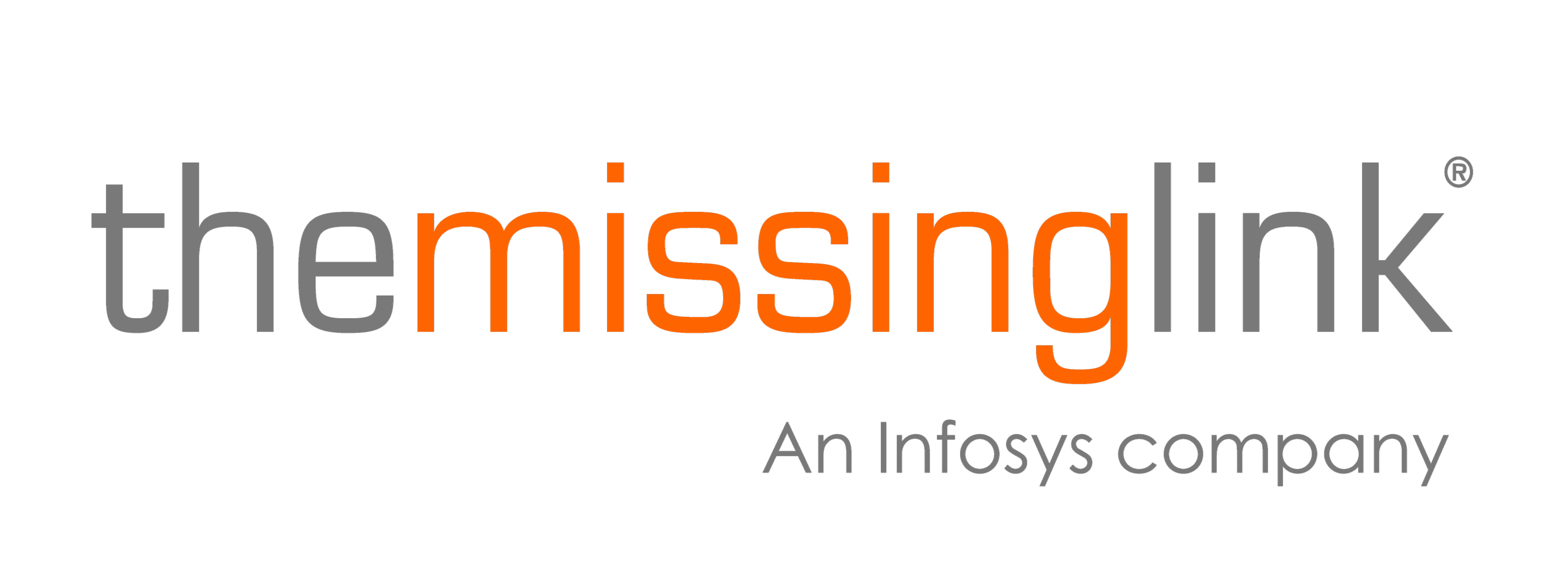Every business depends on technology, but what happens when the systems you trust most quietly stop protecting you?
Legacy IT can appear stable, but it hides risk beneath the surface. Outdated platforms slow operations, limit visibility, and create openings for attackers. They turn reliability into vulnerability and progress into delay.
According to the 2024 Verizon Data Breach Investigations Report, 60% of breaches involved vulnerabilities that already had patches available but were never applied. Outdated systems remain one of the biggest weaknesses in modern cyber defence.
The end of support for Windows 10 is a reminder of how quickly dependable systems can become weak points. When software stops receiving updates, security deteriorates. Events like this highlight the importance of reviewing technology, strengthening defences, and planning for the future, because building a truly cyber-ready culture begins when organisations let go of legacy IT.
Legacy systems weaken resilience and increase risk
Legacy systems do more than slow performance. They weaken your ability to detect and respond to threats and undermine basic cyber hygiene. When software no longer receives updates, gaps appear in protection layers and attackers exploit them faster than ever.
Unsupported systems often contain unpatched vulnerabilities, lack multi-factor authentication support, and struggle to integrate with modern security tools. These weaknesses reduce visibility and make it harder to manage endpoints consistently.
Attackers actively exploit these blind spots. Ransomware operators often target outdated servers and operating systems because they know defences are weaker. One compromised device can lead to a network-wide breach, disrupting operations and damaging trust.
Understanding where these risks sit is the first step to addressing them. Our Windows 10 to 11 checklist helps you identify unsupported systems, prioritise upgrades, and complete a secure, phased migration to modern infrastructure.

Figure: When outdated systems start to fail, small issues can quickly cascade into major disruptions.
The hidden cost of “set and forget” IT
Retaining old systems may seem efficient, but it creates long-term challenges. Over time, legacy technology increases maintenance costs, reduces productivity and slows collaboration. It often leads to:
- Higher support and replacement costs
- Gaps in compliance and data security
- Frustration among teams using outdated tools
These issues extend beyond technology. When teams adapt to inefficient systems, complacency takes hold and security becomes reactive. Small problems that could be prevented early often evolve into far greater risks.
Addressing this requires a cultural shift that connects people, process, and technology around a shared responsibility for cyber resilience. Regular Security Awareness Training helps employees recognise threats, understand their role in protection, and act decisively. When security awareness becomes part of everyday work, resilience grows across the organisation.
What a modern, secure environment looks like
Cyber-ready organisations embed security into every layer of their operations. They see technology as a connected ecosystem that protects data, supports collaboration and adapts to change. Achieving this maturity requires the right mix of visibility, automation and control.
Common traits include:
- Cloud or hybrid environments that support flexibility and growth
- Identity-based access controls with MFA
- Centralised monitoring for visibility and threat detection
- Automated patch management and configuration
- Routine assessments using Microsoft Secure Score and Defender
These foundations create stability and agility. They allow IT and security teams to anticipate threats rather than react to them.
The Missing Link partners with organisations to assess, improve and manage technology environments. Our approach strengthens defences, increases efficiency and supports continuous improvement.

Reduce risk while modernising
Moving from legacy systems to a modern, cyber-ready environment takes deliberate action. The journey can be complex, but it doesn’t have to be disruptive.
Modernising infrastructure takes planning and coordination. Strengthening security during this transition reduces the risk of disruption and builds confidence across the organisation. The following actions can help maintain control and minimise exposure while you upgrade:
- Segment older systems from core networks.
- Restrict administrative privileges and review them regularly.
- Monitor unsupported assets and maintain detailed logs.
- Train staff to handle the risks of older platforms.
- Document a roadmap to track progress and accountability.
Many organisations partner with experts for stability during transformation. The Missing Link’s Managed IT Services provide proactive monitoring, patching and support to keep operations secure and efficient while modern systems are introduced.
Building long-term cyber readiness
Cyber readiness is more than a technical objective; it represents a cultural shift in how an organisation approaches risk. Successful modernisation requires shared responsibility, where IT and business leaders assess, plan and communicate together to shape a secure and adaptable future.
Sustained progress comes from consistent action. It depends on leadership alignment, collaboration between teams and a willingness to challenge outdated processes. Regular reviews and open communication maintain control and strengthen resilience.
Businesses that commit to this level of maturity gain measurable benefits:
- Fewer incidents and faster recovery times
- Improved compliance and reporting accuracy
- Higher staff engagement and accountability
- Greater trust from customers and partners
Cyber readiness thrives in organisations that embrace change and treat security as an enabler of growth. Replacing what puts the business at risk creates a culture that stays alert, adaptable and ready for the next challenge.
Take the next step toward resilience
Legacy systems hold businesses back. Modern infrastructure unlocks performance, reduces risk and builds long-term stability.
Book a visibility and risk assessment to uncover vulnerabilities, prioritise improvements and create a clear path to a more secure, future-ready environment.


